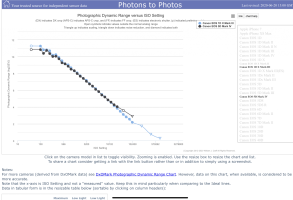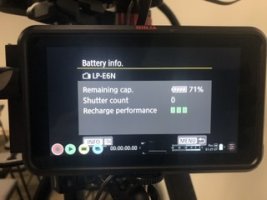Within a given technological generation same format sensors are essentially equal in high ISO noise performance.
That's true, but the conversation somehow slipped into the high-ISO performance topic. Original post doesn't say anything about high ISO, as far as I can see. It says about postprocessing away differences between different sensors in general.
If you're expecting the R5 to be leaps and bounds better than the 5Ds/sR at high ISO, or the R6 to be better than the R5, you've set yourself up for disappointment.
I'm hoping for a 1-stop increase at the base ISO, and I believe Canon promised that to PDR guys. Also it was repeated at B&H broadcast. I don't remember Canon has ever promised concrete figures before, so this is something. But that most likely applies to the base ISO performance.
High ISO increase would be nice but highly unlikely to expect from the R5, if its performance is close to 1DxIII.
significant improvement can be achieved in 16-bit sensors as we can see in the chart above.
UPD: I've re-read the conversation and apparently the high ISO is mentioned there. So partially I missed the point. Still I stand you can't 'postprocess away' the difference, if there's any. And optimal slider settings don't compensate the difference either.
Last edited:
Upvote
0


